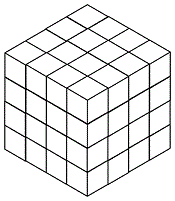From Wednesday, St. Bridget's Day, 2023 —
Poetic meditation from The New Yorker today —
"If the tendency of rhyme, like that of desire,
is to pull distant things together
and force their boundaries to blur,
then the countervailing force in this book,
the one that makes it go, is the impulse
toward narrative, toward making sense of
the passage of time."











